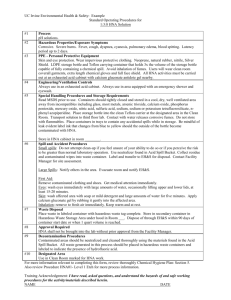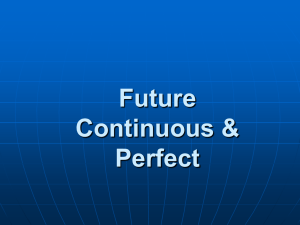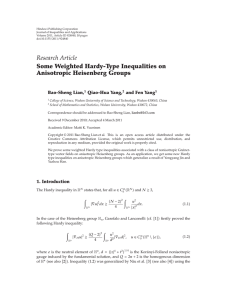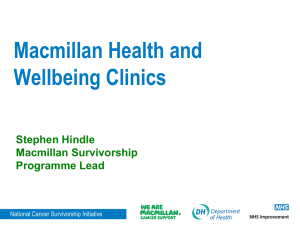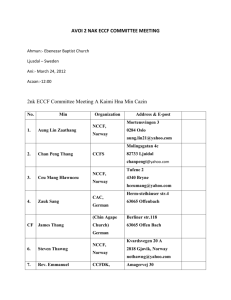File - Patient Concerns Inventory
advertisement
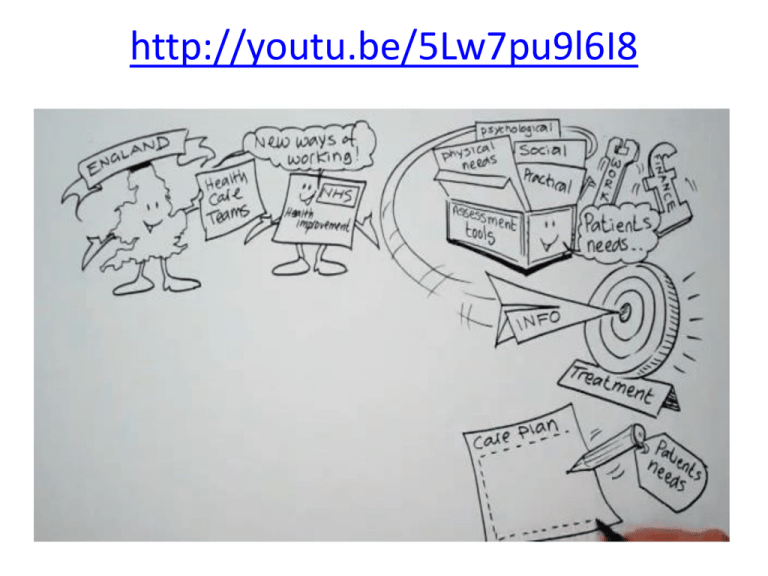
http://youtu.be/5Lw7pu9l6I8 National Cancer Survivorship Initiative Holistic Needs Assessment and Care Planning – Helping People Take Control • Name Jackie Rowe • Title Electronic HNA Team • Date November 2013 Agenda 1. The Macmillan Recovery Package 2. Holistic Needs Assessment (HNA) and Care Planning 3. Supporting Electronic HNA’s and Care Planning. 4. Top Tips for Implementing HNA’s The number of people living with cancer is set to double by 2030 Source: Maddams J, Utley M, Møller H. Projections of cancer prevalence in the United Kingdom, 2010-2040. Br J Cancer 2012; 107: 1195-1202. The Recovery Package Taking action to improve outcomes (2013) Holistic Needs Assessment (HNA) & Care Planning HNA Practical Guide A range of practical advice: • Getting started • Skills and knowledge • Tools to support the assessment process • The assessment conversation • The care plan • Examples of practice Available at:www.ncsi.org.uk Moving forward – The Future of A&CP eHNA Process Patients Clinicians My Care Plan Website N3 Servers Response & Patient Consent Questionnaire answers Macmillan Clinical Store (*HealthUnlocked) Patient Information Store Macmillan Interface Completed Care Plan *Macmillan Cancer Support has commissioned HealthUnlocked to provide a web-based platform for delivery of the eHNA: including software development hosting and support. Each site will enter into a provider agreement to support the appropriate information governance and data sharing protocols to fully support this information flow. Creating the Care Plan Summary Data Breakdown of data Patients identified improvements in: Relationship with clinicians Identifying issues Ease of understanding Enabling thinking Releasing anxiety Contact details Feeling of wellbeing Gain perspective “Felt cared for” What Patient Told us: Helped me – 91% Made me feel listened to – 96% Answered all my questions – 97% Tips for implementing in clinical practice Ensure everyone understand the idea of HNA and why it needs to be done. Consider existing processes and see how HNA can be built on these, avoid duplication or addition workload. Consider practicalities – IT, capacity in clinical areas, job plans, cohort of patients. Consider the patient pathway and identify key stages that HNA can be implemented and who is best placed to do the assessment. . Tips for implementing in clinical practice Consider the best environment and whether patients have enough time available with the person undertaking the assessment. Start small – discuss how it went – clinical supervision / steering group / MDT . Thank You Contact Details: eHNA@Macmillan.org.uk Resources • www.be.macmillan.org.uk • www.ncsi.org.uk • www.dh.gov.uk • www.nhsiq.nhs.uk

